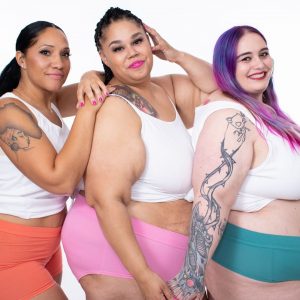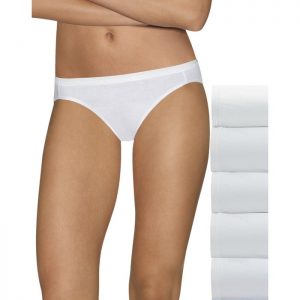You Are What You Buy: The Moral Paradox of Ethical Lingerie
Jeanna Kadlec is the owner of Bluestockings Boutique, the first-ever lingerie boutique geared to the LGBTQIA+ community. She lives in Brooklyn.
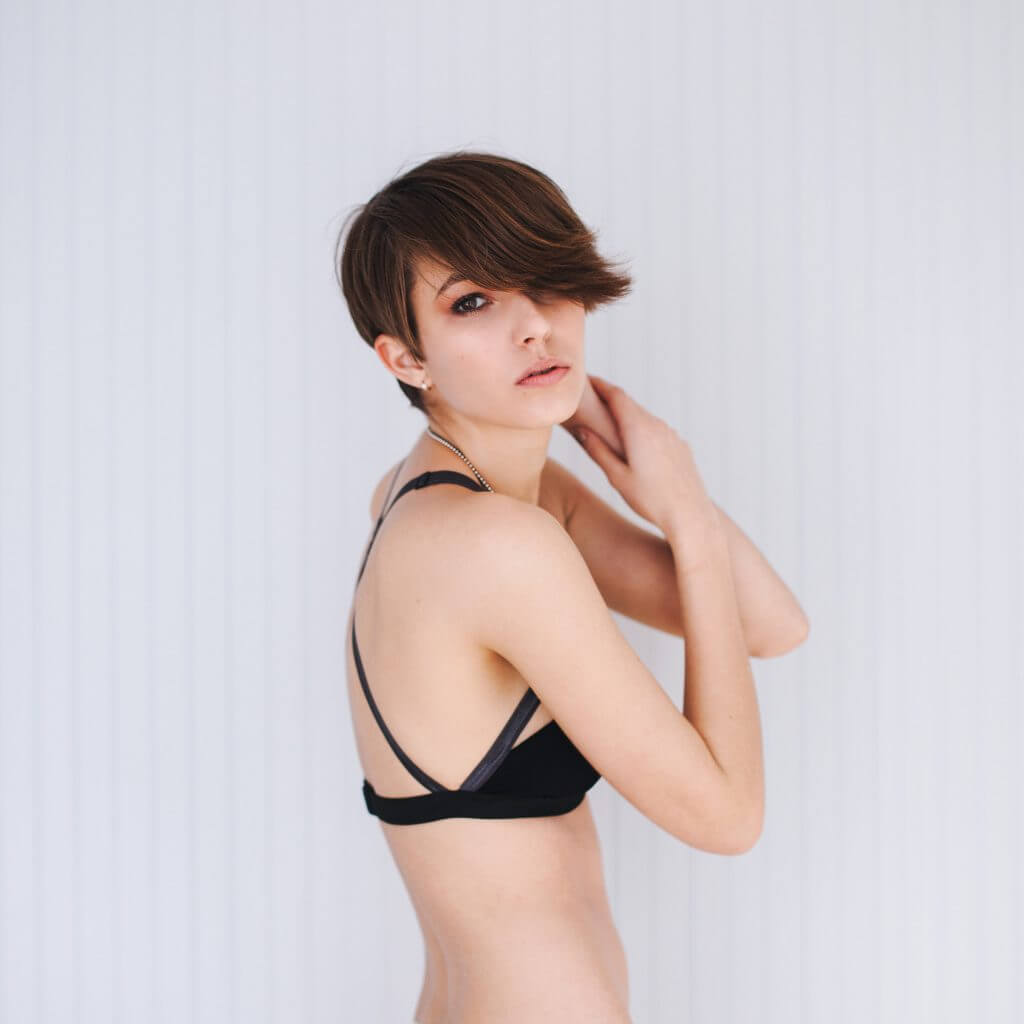
Sophie Hines Bralette via Bluestockings Boutique
When I first opened my store, Bluestockings, in April 2015, I wanted to exclusively stock brands that shared my commitment to ethical manufacturing. In my research, I learned the reason so many companies moved their manufacturing from the United States and Europe to Southeast Asia, China, Morocco and Latin America was to take advantage of the lower cost of labor (and sometimes loose or non-existent labor laws). The labor conditions faced by garment workers in some of these factories are egregious. Most infamously, in 2013, the Rana Plaza factory in Bangladesh collapsed, killing more than 1000 workers.
To me, the moral thing to do was to only stock brands who were transparent about their labor practices and could provide proof that their products were manufactured in humane conditions.
There was just one small detail I failed to see: because ethically manufactured clothing is ethically manufactured (that is, people are paid fairly for their labor), it costs more. Thus, only consumers who are themselves paid ethical wages can likely afford ethically made lingerie.
This is the paradox of ethical lingerie - while all of us may care about the conditions our clothing is made in, only some of us have the financial resources to express that care with what we buy.
The Shift Towards Ethical Manufacturing
For brands, it pays to care. Widespread trends towards ethical consumerism and “corporate responsibility” are spread across all industries. An easy example is the number of corporations sponsoring LGBTQIA+ Pride parades every year. They hope the association of their brand with inclusivity will attract customers who see the brand as “sharing” their values. Recently, the #grabyourwallet campaign on Twitter took off as a way to boycott all Trump-owned and associated brands.

Target Pride Bullseye
Yet this underscores a key point: you have to have the money to #grabyourwallet in the first place. Ethical consumerism - movements to shop local and shop small - fundamentally appeal to middle class and above shoppers (or to people who are culturally of the middle to upper middle class, even if their incomes do not reflect this).
American society has a history of attaching morality to the middle class, hence the term “middle class values." Hard work, discipline, thrift and charity are all the key traits associated with the economic class that informs consumer habits. While awareness around ethical manufacturing both overseas and at home is important, so too is an awareness of the ways in which our society attaches morality to shopping habits - which ultimately attaches morality to an entire social class.
The impulse to push back against corporations and support small, independently owned businesses is hardly new. The Arts and Crafts Movement, which emerged in Britain during the late Victorian era and spread throughout the rest of Europe and North America, was a reaction against the Industrial Revolution: against mass production, against the loss of artisan craftsmanship, against increasingly dehumanizing working conditions.
Modern artisans share their Victorian counterparts’ concerns over the dehumanization of work and labor, workers’ rights in factories, a decline in the quality of goods, and the importance of taking pride in their craft.
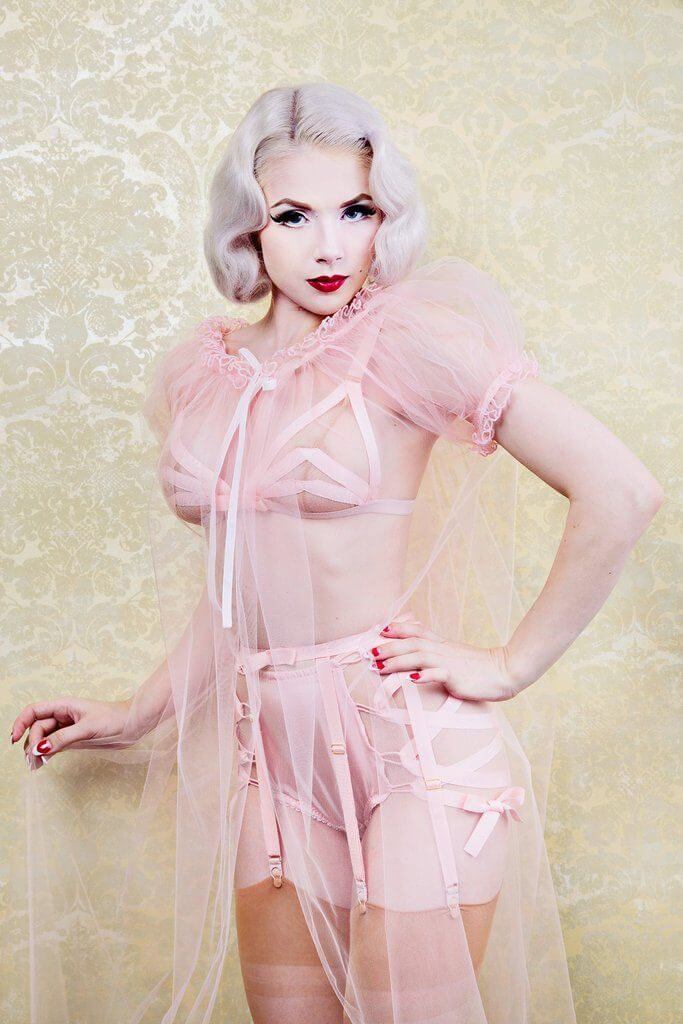
Independent lingerie designer Stephanie Kuhr has led the wave of vintage-inspired lingerie with her brand Dottie’s Delights. Kuhr’s designs are handsewn by herself and a team of seamstresses in Nashville and Chicago.
Independent lingerie designers are increasingly turning towards ethics and sustainability as ways to distinguish themselves from more mainstream labels. These efforts range from charitable donations to using eco-friendly fabrics to somewhat hyperbolic campaign slogans, such as Naja's recent homepage, “Save our seas with eco-conscious lingerie."
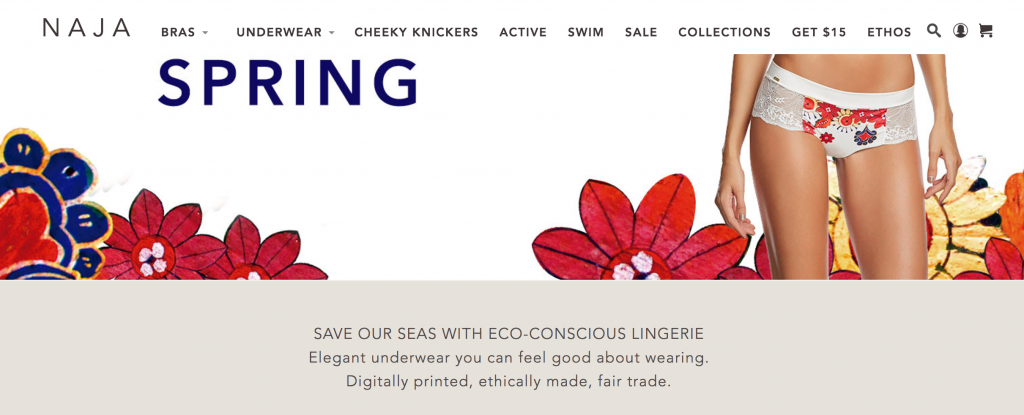
While purchasing underwear itself is unlikely to singlehandedly save our seas, catchy marketing can spotlight a brand’s commitment to social consciousness.
Designer (and columnist for The Lingerie Addict) Quinne Myers notes, “It seems like ethically-made marketing is most effective when it makes someone feel like they're being an ‘Exceptionally Good Person’ for buying it.” This is part and parcel of the morality of middle class consumerism. You are what you purchase, so can you consume morality - even through underwear?
“I feel like ‘ethical’ is a bit of a buzzword these days,” says Karolina Laskowska, a luxury lingerie designer (and TLA columnist). “People love the idea of not supporting sweatshops, but asking them to actually pay for it [ethically made lingerie] is another matter. There’s a huge disconnect between what clothing costs to make ethically, and what people think it should cost.”
How Much Does Ethical Manufacturing Cost?
So what does lingerie cost to make ethically? Quinne has written a series on the subject here at TLA, but she listed the expenses in brief. Costs have to include fabric, metal findings, elastic, thread, sewing labor, patternmaking, the cost of the sample, fitting the sample and any fit testing required, grading the pattern, inside labels, hang tags, shipping of the garment from the factory, plus design, marketing, and business overhead.
With all this in mind, the companies that can cut corners and get the best deals are the ones who manufacturing in bulk on a large scale, as they're able to outsource production to cheap factories with minimal labor costs. As Karolina notes, “‘Unethical’ manufacturing (of the sweatshop variety) is reserved for big brands with big money and big production runs. It’s an almost ironic fact that most independent brands simply can’t ‘afford’ to be unethical in the way that most people visualize manufacturing to be.”
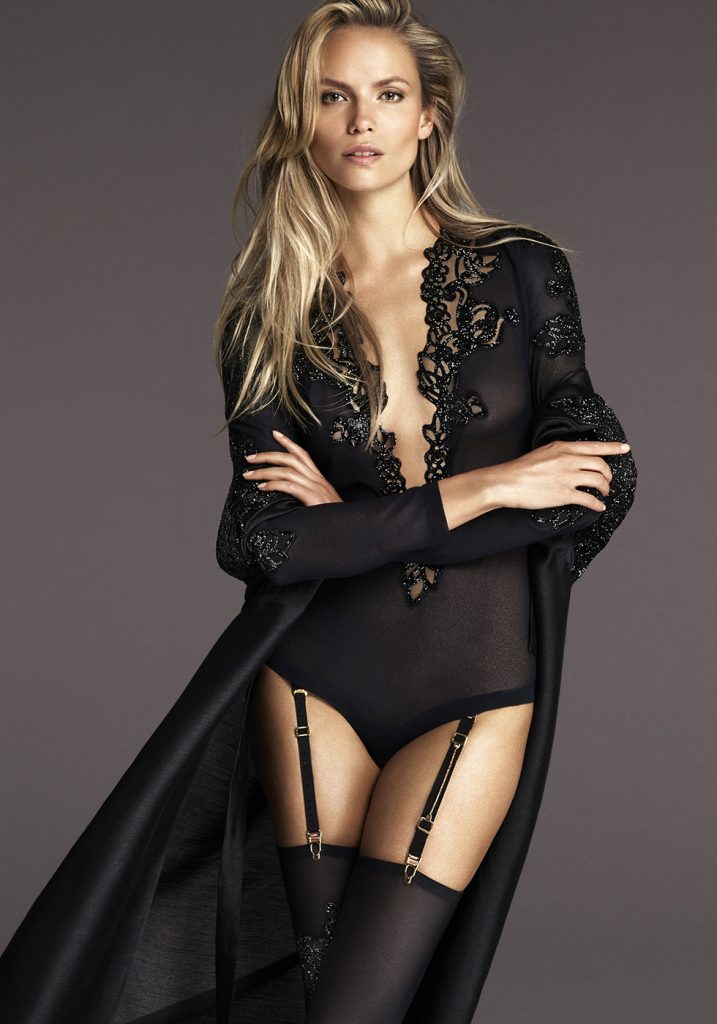
Rising labor costs in China drove lingerie powerhouse La Perla to move their manufacturing to Tunisia and Turkey in 2012.
What Does Ethical Manufacturing Mean?
What is ethical manufacturing, anyway? When I say all the brands I stock at Bluestockings promise they manufacture ethically, that means that they pay their workers fair wages for their labor.
Generally, consumers tend to use “Made in the USA” or “Made in the UK” as shorthand for ethical labor practices, which include fair wages but also fair working conditions, such as a set number of hours and a humane working environment (i.e. heat in the winter, air conditioning in the summer, access to first aid and medical in case of injury, and so on).
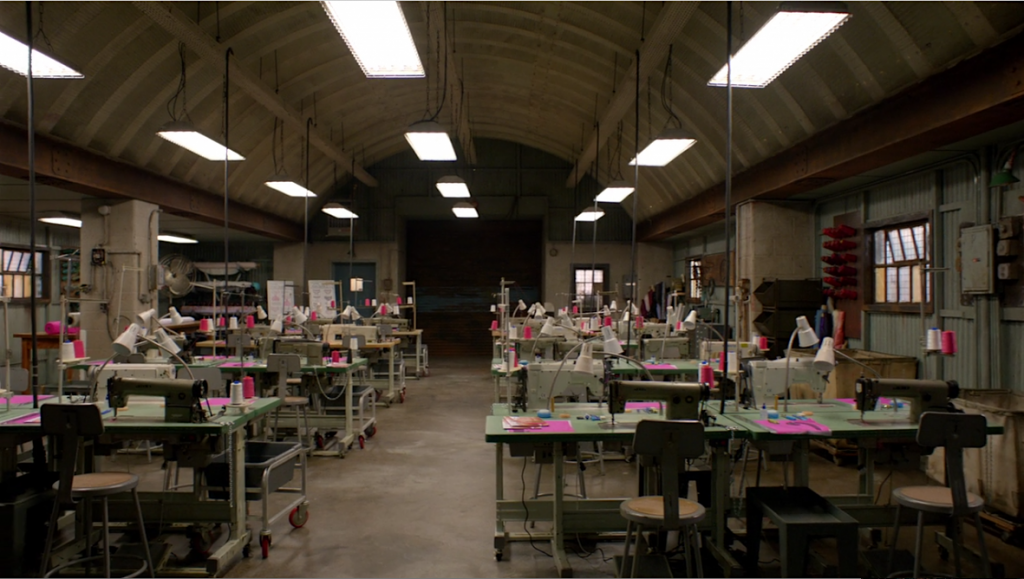
Netflix favorite Orange is the New Black featured a season where inmates made “Whispers” lingerie for $1/hour. In the 1990s, Victoria’s Secret, J.C. Penney, and other brands also had “Made in the USA” lingerie courtesy of United States prisons. Image via Orange is the New Black Wikia.
However, just because a garment was manufactured in a country observing western labor laws does not mean that the workers were necessarily paid well. Karolina elaborates:
“The generally accepted view of ‘ethical manufacturing’ is often incredibly Western-centric, and frankly, kind of racist. Most people assume something’s ethically made if it’s made in the UK, the US or the EU. But in all of these places, workers can still be exploited, underpaid (or not paid, in the case of interns). Whereas in China, lingerie factory workers often find themselves in a favorable position, in that they have in-demand skills and can go to the factory that treats them best.”
In terms of ethical lingerie production, western consumers are woefully undereducated regarding the amount of technical skill required to make lingerie. Not only are places like the United States and the United Kingdom increasingly losing factories capable of manufacturing lingerie, the number of seamstresses, technicians, and other factory workers with the unique skill sets required for mass producing of lingerie is also dwindling. For example, there is just one factory remaining in Puerto Rico where Va Bien manufactures their Atelier line (Puerto Rican seamstresses are known for their technique here in New York City). The factories have closed, but it’s not just the jobs that have left - the skills themselves have died out.
It’s popular, politically, to talk about bringing “American” jobs back home, but people aren’t willing to reckon with what that means: a steep hike on the cost of goods across every single aisle at Target. The cost of a bra isn’t just the cost of materials, it’s also the cost of labor.
It’s difficult to find accurate cost estimates, but in a 2011 interview with Reuters, the Institut Francais de la Mode (France's fashion trade group) estimated they paid 400 euros/month in labor in China’s manufacturing-heavy coastal areas, which, at the time, worked out to around $600 USD. These rising labor costs, the Institut Francais de la Mode said, were why brands like La Perla moved manufacturing to Tunisia, where workers were paid an average of 160 euros (or $240 USD) a month.
Lingerie brands who base their manufacturing overseas can pay their workers a monthly salary of $240, or even $600, a month. Compare this with a garment worker in New York, who, working full-time for an $11 minimum wage at a company that employs more than 11 people, would earn $1760 a month. The difference is staggering.
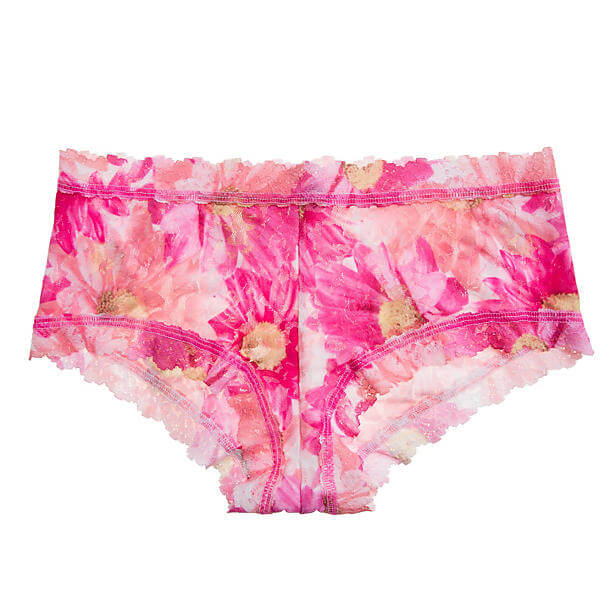
Hanky Panky Lace Boyshort
Put simply, in order to keep the cost of goods down (and in order to maximize their own profit margins), lingerie brands often choose to not manufacture their goods in nations with higher minimum wages or laws that benefit workers over corporations (such as overtime). If La Perla was suddenly paying each of their factory workers $1500 USD more per month, something would have to give.
It is not surprising, then, that very few mass-produced brands are still made in the USA (Hanky Panky, Commando and Only Hearts are three of the most notable). That means when we talk about “ethically made” lingerie here in the United States or in western Europe, we are usually talking about small, artisanal brands, with one or two designers and perhaps a few hired seamstresses, like Dottie’s Delights in Nashville. Sometimes these brands are even smaller and consist of just the designer herself, like Sophie Hines in Maine.
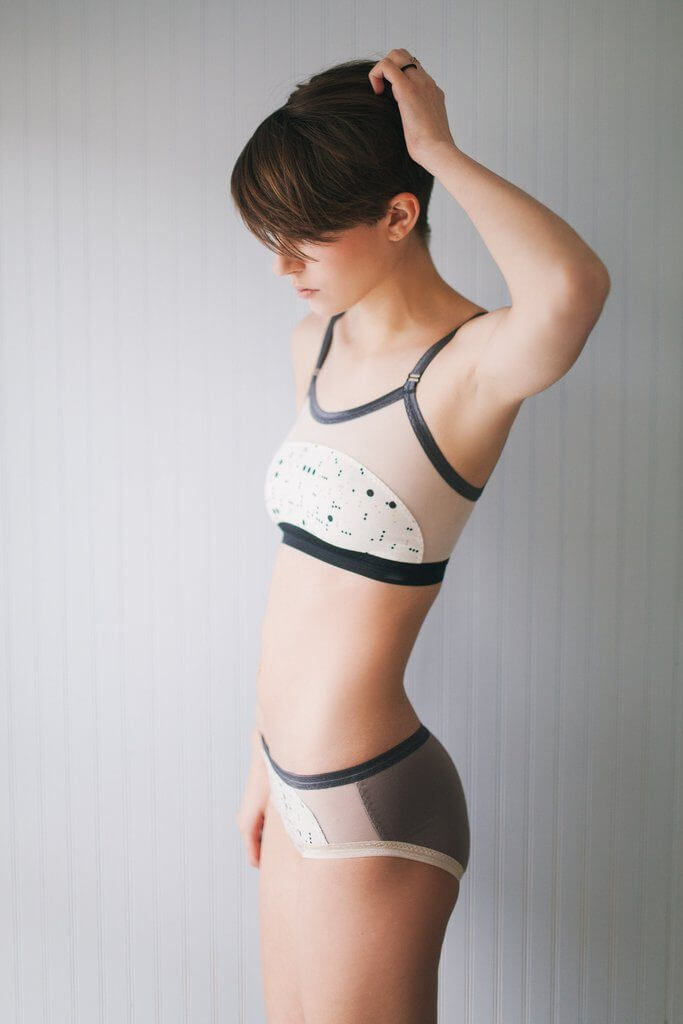
Sophie Hines Radial Bralette, handmade by the designer
I stock a lot of brands from designers who hand-make their garments. However, a number of these designers don’t even pay themselves. Quinne Myers doesn’t pay herself in order to keep the cost of the already-expensive luxury garments down. Karolina Laskowska does pay herself, but what she takes is well below the UK minimum wage and as a result she has other jobs to supplement her income. Personally, I don’t pay myself for Bluestockings, further highlighting the chasm between the marketing of an “ethical” business and the practice of running an ethical business.
Does Ethical Consumerism "Count" as Activism?
In the end, there are no easy answers. I’m writing all of this, of course, as someone who has built a business based on marketing products as ethically made. The products are ethically made; this is true - barring the fact the designer doesn't cut herself a paycheck and that I don't cut myself a paycheck either. The sacrifice of doing business, we all say. We have the choice to not pay ourselves.
That’s an easy discomfort. The harder discomfort is the one that seems unsolvable: the social discomfort in not wanting to support brands who use sweatshops, in wanting to put your money where your mouth is and boycott any brand you might even suspect of exploiting their workers’ labor. But those were the only brands my mom could afford secondhand when I was growing up working class in the rural Midwest. And I know that the ethically-made bralettes I sell at a $45-70 USD a piece are often a financial stretch for folks in my own LGBTQIA+ community. I also know that boycotts of brands who exploit workers overseas in no way impacts the exploitation of workers and the growing discrepancy between the rich and the poor right here at home.
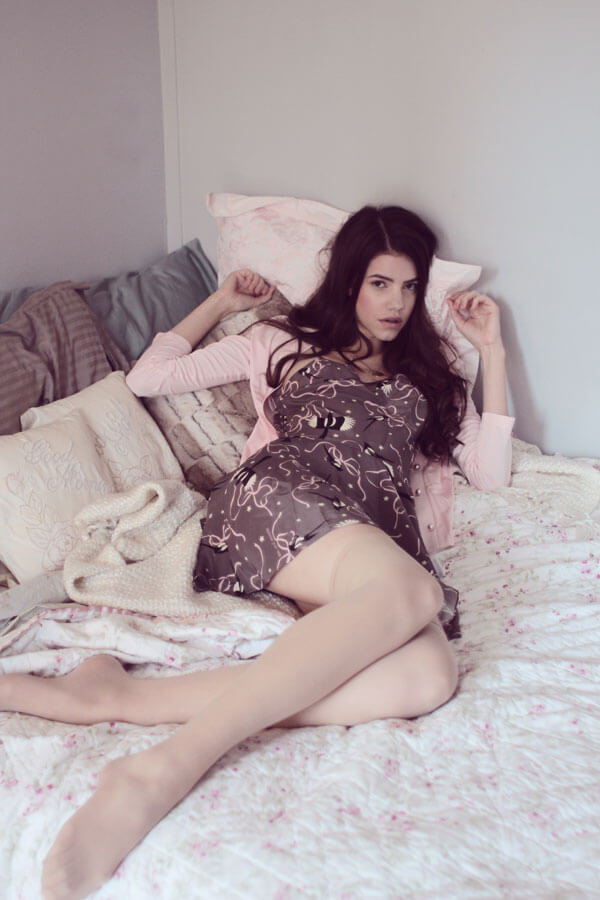
She and Reverie Odette Slip Dress. Designed by Quinne Meyers.
It’s for this reason that consumerism can be conscious, but I firmly believe it can never be activism, an important distinction in this day and age. What is troubling about ethical consumerism and its surrounding movements - eco-conscious, green, shop local, ethically made, and so on - is the attachment of middle class morality to consumerism. There's the implicit idea that you are what you buy, that what you buy (or can afford to buy) says something inherent about you as a person. Personally, I am skeptical of “activism” that is inaccessible to the poor and working class.
That said, I don’t think shopping ethically is bad. I think if you can afford to shop ethically, you should. If you can afford the choice between something sustainable (or “green”) and something that is worse for the environment, you should choose our planet. If you have the option of shopping at a local chain superstore or from a local woman, immigrant, or LGBTQIA+ owned business (or some intersection of the three), you should choose to shop local, and you should choose to support marginalized business owners, especially right now.
But these are choices. Economic choice is a privilege, and it is vital to remember this before getting too caught up in bamboo bralettes on Instagram.





